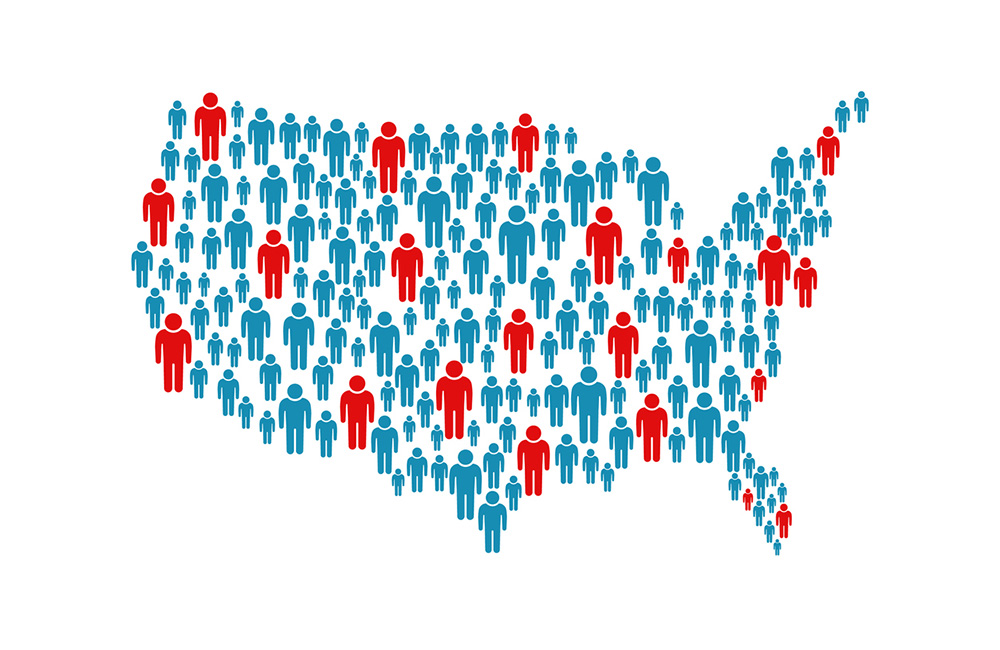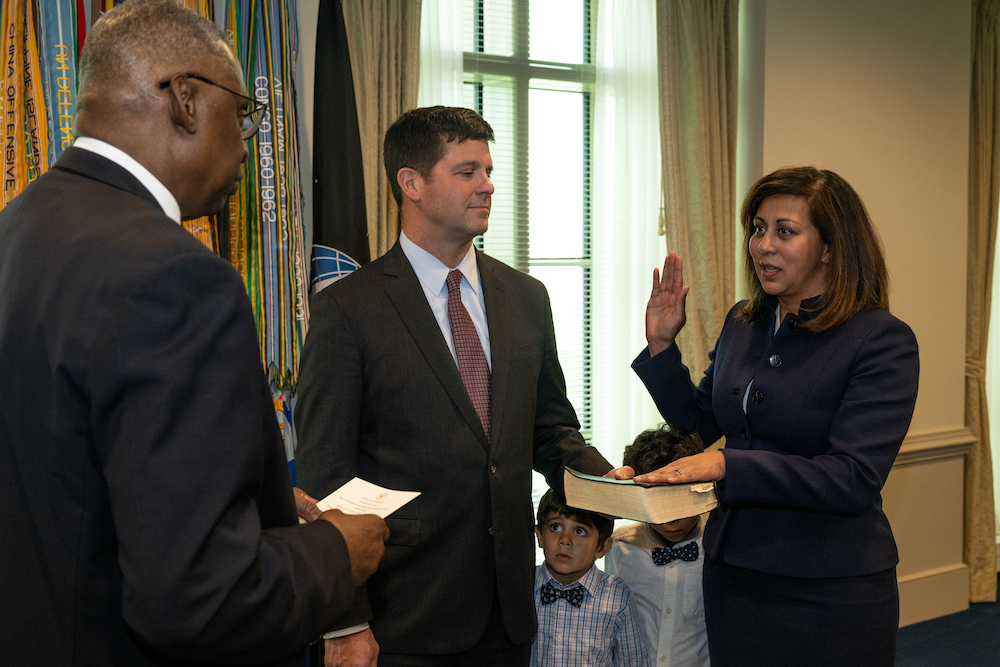How the 2020 Census Effort Embraced Digital, Agile Concepts
Implementing a large-scale project requires effective partnerships.

There’s a reason the phrase “it takes a village” remains such a popular adage. In government, implementing large-scale projects is always a huge undertaking. The 2020 Census is no different.
As the primary source of statistical information about the nation’s population and economy, the U.S. Census Bureau is responsible for the decennial census of population and housing conducted once every 10 years. This data informs critical social, economic and political decisions, from congressional seat distribution to the allocation of hundreds of billions in federal funds. Providing the most accurate count is crucial.
Also important is the effectiveness of an integrated communications program. As with the Census Bureau’s previous work conducting decennial censuses indicates, partners are particularly crucial in educating the public and maximizing survey response rates for this constitutionally mandated activity. But it’s not as simple as signing on a few partners and handing them some packets of information to share with constituents.
The Bureau’s partner program integrates two essential and complementary programs to increase awareness and participation in the 2020 Census. The Community Partnership Engagement Program (CPEP) includes tribal, state and local governments, as well as community-based organizations, faith-based organizations, schools, media, businesses, social services, ethnic organizations and others. The Census National Partnership Program (NPP) builds and strengthens relationships with businesses, industries and organizations with national reach.
The 2020 Census required a deeper level of analysis of previous experiences and also new tools to create a truly successful partnership program. Here are three key takeaways:
Apply Lessons Learned
Partnership efforts for the Census Bureau encompass building and engaging trusted voices to assist in meeting the overall 2020 Census goal of counting everyone once, only once, and in the right place.
The 2010 partner program was a success for many reasons. It offered a diverse campaign, the website and social media allowed for innovation and transparency, and integrated communication campaign components helped in reaching targeted audiences. Additionally, holding operational regional events was useful in reaching hard-to-count communities. But there was room for improvement.
One of the biggest lessons from 2010 was that better communication helps facilitate crucial feedback from regional staff on overall campaign plans. We also recognized a massive opportunity to use digital tools and other resources to communicate more efficiently and effectively with our partners. Technology has come a long way since 2010, and it was a very important consideration when putting together a new plan to make 2020 even more of a success.
Take Advantage of New Technology
Regarding the saying, “It takes a village,” the village here consists of a massive network of partners that helps get information to the U.S. population.
In 2010, many of the involved partner management and communication processes were highly manual and cumbersome, which — while accurate and effective — proved quite challenging for Census employees and partners alike. For 2020, going digital with an automated system from Cambridge-based software provider Pega helped manage our village with more ease and efficiency than ever before.
Hundreds of thousands of businesses, organizations and individuals nationwide are voluntarily supporting a complete and accurate count in the 2020 Census. This year, we are working with more than 400,000 partners, including large national partners like Reddit, Facebook, Starbucks and Google, and community partners like local NAACP chapters, museums and libraries. All have been critical in reaching constituents to increase overall response rates. By going digital and maintaining our data in one central location, we can determine the best areas of focus for our partners’ marketing activities based on current response levels. It makes both our employees and our partners more efficient.
Plus, by implementing agile technology, we found ourselves very prepared for unpredictable changes and were able to pivot quickly as needed.
Optimize Communications and Empower Partners
By going digital with these efforts, we can better communicate with our partners and give them the appropriate resources to effectively work with both national and local organizations. We were able to review response data and determine which populations needed more critical education and attention and communicate that to our partners. We believe that having a more efficient way to track areas of need and provide the right resources to our partners helped us reach even more members of the population.
By July 31, we had achieved a 62.1% self-response rate, (we’re currently at 93.6% total enumerated), which is significant considering the entire population of the U.S. We believe that a well-managed, fully digital partner management and communications system has been a critical element in these impressive response rates.
In the midst of a pandemic, we’re relying on technology more than we ever had before. Going digital enabled us to not miss a beat when it came to working with our partners. By learning from the past, embracing new digital tools, and enhancing and improving communications, we are confident our partners have been a huge part of getting the response rates that we’ve seen so far and will continue to see as we near Sept. 30.
Zachary Schwartz is currently the division chief for the IT Service Management Office at the U.S. Census Bureau. He also runs the operations of the Trust and Safety Team. His current portfolio includes managing multiple system development teams, coordinating technology partnerships for the 2020 Census and leading the fight against mis- and dis-information to ensure an accurate and complete count.
This is a carousel with manually rotating slides. Use Next and Previous buttons to navigate or jump to a slide with the slide dots
-

How Tech Enables Environmental Justice at EPA
The agency wants to eliminate bias and establish new tech standards to reduce greenhouse gas emissions.
39m listen -

The CAIOs Leading Responsible AI Development Across Government
Since the White House's AI executive order, federal agencies are in the process of naming chief artificial intelligence officers.
7m read -

How TMF is Helping Agencies Accelerate Tech Modernization
The program launched a new AI pilot to expedite TMF applications as agency leaders urge more to consider applying for funds.
4m read -

Defense Board to Pitch Solutions for Closing Tech Talent Gaps
Defense Innovation Board members cite need to modernize people management the same way government modernizes technology.
4m read




